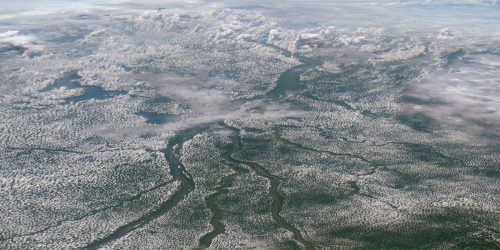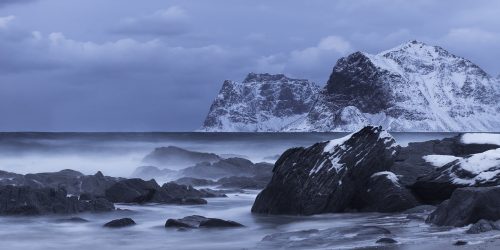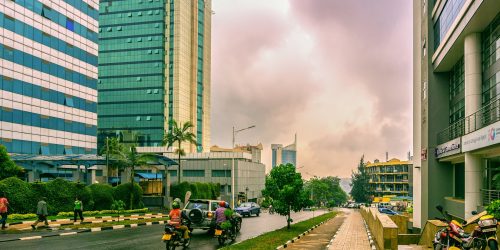

A study published in the Journal of Climate provides new insights into the Madden-Julian Oscillation (MJO).
Researchers documented continued progress in understanding why the MJO often weakens over the peninsulas and islands of Southeast Asia known as the Indo-Pacific Maritime Continent. Understanding this barrier effect is critical for improving predictions of heat, drought, and other societal issues in the United States from weeks to seasons ahead.
The MJO is an important phenomenon that disturbs clouds, rainfall, winds, and pressure in the mid-latitudes. It influences global weather extremes, such as Arctic air outbreaks in the winter in the United States, and tropical monsoons, floods, and cyclones worldwide.
This research was supported by the CPO Climate Variability and Predictability program.
Read the paper
Abstract
Explanations for the barrier effect of the Indo-Pacific Maritime Continent (MC) on the MJO should satisfy two criteria. First, they should include specific features of the MC, namely, its intricate land-sea distributions and elevated terrains. Second, they should include mechanisms for both the barrier effect and its overcoming by some MJO events. Guided by these two criteria, we applied a precipitation-tracking method to identify MJO events that propagate across the MC (MJO-C) and those that are blocked by the MC (MJO-B). About a half of MJO events that form over the Indian Ocean propagate through the MC. Most of them (> 75%) become weakened over the MC. The barrier effect cannot be explained in terms of the strength, horizontal scale, or spatial distribution of MJO convection when it approaches the MC from the west. A distinction between MJO-B and MJO-C is their precipitation over the sea vs. land in the MC region. MJO-C events rain more over the sea than over land, whereas land rainfall dominates for MJO-B. This suggests that inhibiting convective development over the sea could be a possible mechanism for the barrier effect of the MC. Preceding conditions for MJO-C include stronger low-level zonal moisture flux convergence and higher SST in the MC region. Possible connections between these large-scale conditions and the land vs. sea distributions of MJO rainfall through the diurnal cycle are discussed.










